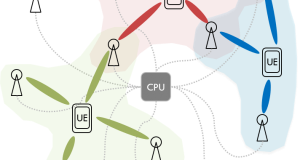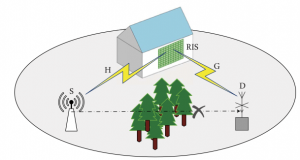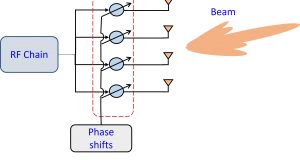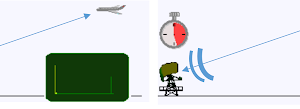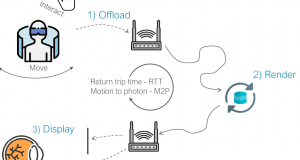Published on: Feb 18, 2022 Welcome to the newest edition of the MINTS blog! In this blog, we will discuss the feasibility and challenges of implementing the cell-free architecture in the mmWave frequency band. What is “cell-free”? As the name implies, the cell-free concept is the opposite of cellular network architecture which has a network-centric paradigm. In the traditional cellular ...
Read More »Slider
Beamforming architectures in Beyond-5G mmWave Networks
Published on: Feb 4, 2021 Massive Multiple-Input Multiple-Output (MIMO) at mmWave is a breakthrough technology for the next generation of communication. Massive MIMO uses a large number of antenna elements to focus the energy towards the receiving antenna, while the mmWave band provides more bandwidth for communication. The main challenge in shifting towards mmWave is the path loss that occurs ...
Read More »What is a PhD? – From a PhD student’s view
Published on: Jan 14, 2022 A PhD or Doctor of Philosophy is an excellent opportunity to pursue research as a career and learn about the academic world and cutting-edge technologies. Recent Master or even Bachelor graduates are allowed to take this path. It is also a great way to connect with industry and have another path to pursue once the ...
Read More »4th Network Wide Event in Lund
Two years after the MINTS project kick-off, we finally met in person. The virtual event curse was long, but at last, it was broken. The network-wide event in Lund was perfect! We had the pleasure of listening to leading researchers and renowned experts of the field, from massive MIMO to machine learning, millimeter-wave channel characterization, and ‘FAIR’ scientific data management. ...
Read More »Challenges in RISs
Published on: Oct 1, 2021 There is no doubt that wireless communication is essential to our daily lives. We understood this even more during the pandemic. The world has been combating the COVID-19 pandemic for a long time now and what has become obvious to all of us is the importance of technology and robust connectivity in our lives. When ...
Read More »Where to point the beam? – Local Area Networks (LAN)
Published on: Jul 30, 2021 Where to point the beam? – Local Area Networks (LAN) The earliest beamforming technique (Bartlett beamformer) dates back to World War II. Although beamforming techniques have advanced a lot since then, they have not been deployed in communication systems until recently. Beamforming is simply radiating or capturing energy from a specific direction using an array ...
Read More »Radio Detection and Ranging (RADAR)
Published on: July 19, 2021 All of us have heard about radar systems, such as military radars used for detecting and tracking aircraft or ships, as well as weather radars that identify the type of precipitation such as rain, snow or hail, and determine its motion and intensity. Apart from these applications, radars can also be used for monitoring vehicle ...
Read More »What is the future of mmWave and 5G?
Published on: July 5, 2021 5G networks are being widely deployed and we can take a realistic view of how this new technology can shape the world over the next 10 years. The advent of 5G is not only a generational step in wireless networks but it opens the door to the future of a fully connected world and possibilities ...
Read More »Every Millisecond Counts
Published on: Jun 25, 2021 Mankind has had to resort to online gatherings during the pandemic, as event venues, the hospitality sector, and even office spaces closed their doors to visitors. Whether partaking in a work related meeting, checking in on one’s loved ones, or enjoying a drink with friends in the evening, online is the place to be. However, ...
Read More »Have you ever heard (of) Beamforming?
Published on: May 28, 2021 In modern wireless communications, beamforming is a widely used technique to reduce the interference between multiple links and increase the signal-to-noise ratio. This technique can be interpreted as “pointing” the signal towards a specific device, but this definition is not always obvious and does not explain how it is done. To better understand this concept, ...
Read More »

